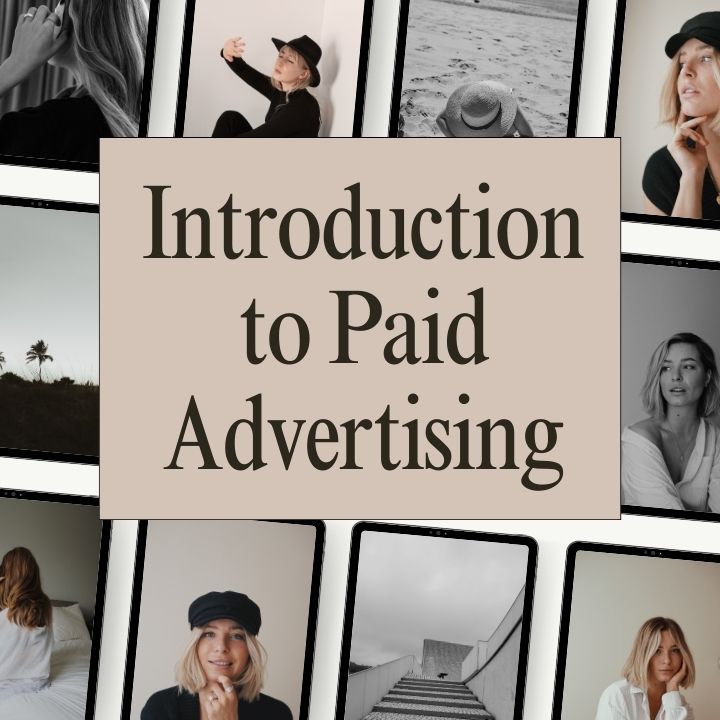Paid advertising is a powerful strategy to grow your social media following, increase engagement, and achieve your marketing goals. By investing in targeted ads, you can reach a broader audience and drive more traffic to your social media profiles. In this article, we will explore the key strategies for effectively using paid advertising.
Introduction to Growing Social Media Following
Growing your social media following involves engaging with your audience and providing valuable content. Paid advertising can accelerate this process by targeting specific demographics and interests. Let’s dive into the steps for effectively leveraging paid advertising.
Why Paid Advertising Matters
Expands Reach
Paid advertising allows you to reach a larger and more targeted audience than organic methods alone. This expanded reach can help you attract new followers who are genuinely interested in your content.
Increases Engagement
Well-crafted ads can increase engagement by prompting users to like, comment, share, and follow your social media profiles. Higher engagement rates can boost your visibility and credibility.
Drives Conversions
Paid advertising can drive conversions by directing traffic to your website or landing pages, where visitors can take specific actions such as making a purchase or signing up for a newsletter.
Key Steps for Leveraging Paid Advertising
Set Clear Objectives
Define clear objectives for your paid advertising campaigns. Your goals should align with your overall business objectives and be specific, measurable, achievable, relevant, and time-bound (SMART).
- Examples:
- Increase social media following by 20% in three months.
- Drive 1,000 new visitors to your website in one month.
Identify Your Target Audience
Identifying your target audience is crucial for effective paid advertising. Use demographic data, interests, and behaviors to define who you want to reach.
- Examples:
- Demographics: Age, gender, location, and income level.
- Interests: Hobbies, brands they follow, and online behaviors.
Creating Effective Paid Advertising Campaigns
Choose the Right Platforms
Select the social media platforms that best align with your target audience and advertising goals. Different platforms offer unique advantages and features.
- Examples:
- Facebook Ads: Ideal for detailed targeting and a wide reach.
- Instagram Ads: Perfect for visual content and engaging younger audiences.
- LinkedIn Ads: Best for professional networking and B2B marketing.
Craft Compelling Ad Content
Create ad content that captures attention and encourages action. Use high-quality visuals, clear messaging, and strong calls to action (CTAs).
- Examples:
- Visuals: Use eye-catching images or videos.
- Messaging: Clearly communicate the value proposition.
- CTAs: Include strong CTAs like “Follow Us,” “Learn More,” or “Shop Now.”
Measuring the Success of Paid Advertising
Track Key Metrics
Use analytics tools to track the performance of your paid advertising campaigns. Monitor key metrics such as click-through rates (CTR), engagement rates, and conversion rates.
- Examples:
- CTR: Percentage of people who clicked on your ad.
- Engagement Rates: Likes, comments, shares, and follows generated by the ad.
- Conversion Rates: Percentage of ad clicks that resulted in a desired action.
Analyze and Optimize
Based on your analysis, adjust and optimize your paid advertising strategy to improve performance. Focus on what’s working and refine your approach to areas that need improvement.
Best Practices for Growing Social Media Following Through Paid Advertising
A/B Testing
Conduct A/B testing to compare different versions of your ads. This can help you determine which elements are most effective and optimize your campaigns accordingly.
- Examples:
- Test different headlines, images, and CTAs.
- Compare the performance of various audience segments.
Retargeting
Use retargeting to re-engage users who have previously interacted with your brand. This can help you convert warm leads who are already familiar with your content.
- Examples:
- Show ads to users who visited your website but did not make a purchase.
- Target users who engaged with your social media posts but did not follow your profile.
Conclusion
In conclusion, paid advertising is a powerful strategy to grow your social media following, increase engagement, and achieve your marketing goals. By setting clear objectives, identifying your target audience, crafting compelling ad content, and measuring success, you can maximize the impact of your paid advertising efforts. For more detailed articles about using email marketing to build relationships, make sure to check out our other resources.
For further reading on paid advertising strategies, you can visit WordStream’s PPC guide. If you’re looking for a reliable platform to find affiliate offers to promote, we recommend checking out multitup.com. For hosting or domain services, visit hostmie.com. To find experts or freelancers, efrelance.com is a great resource. Happy advertising!




